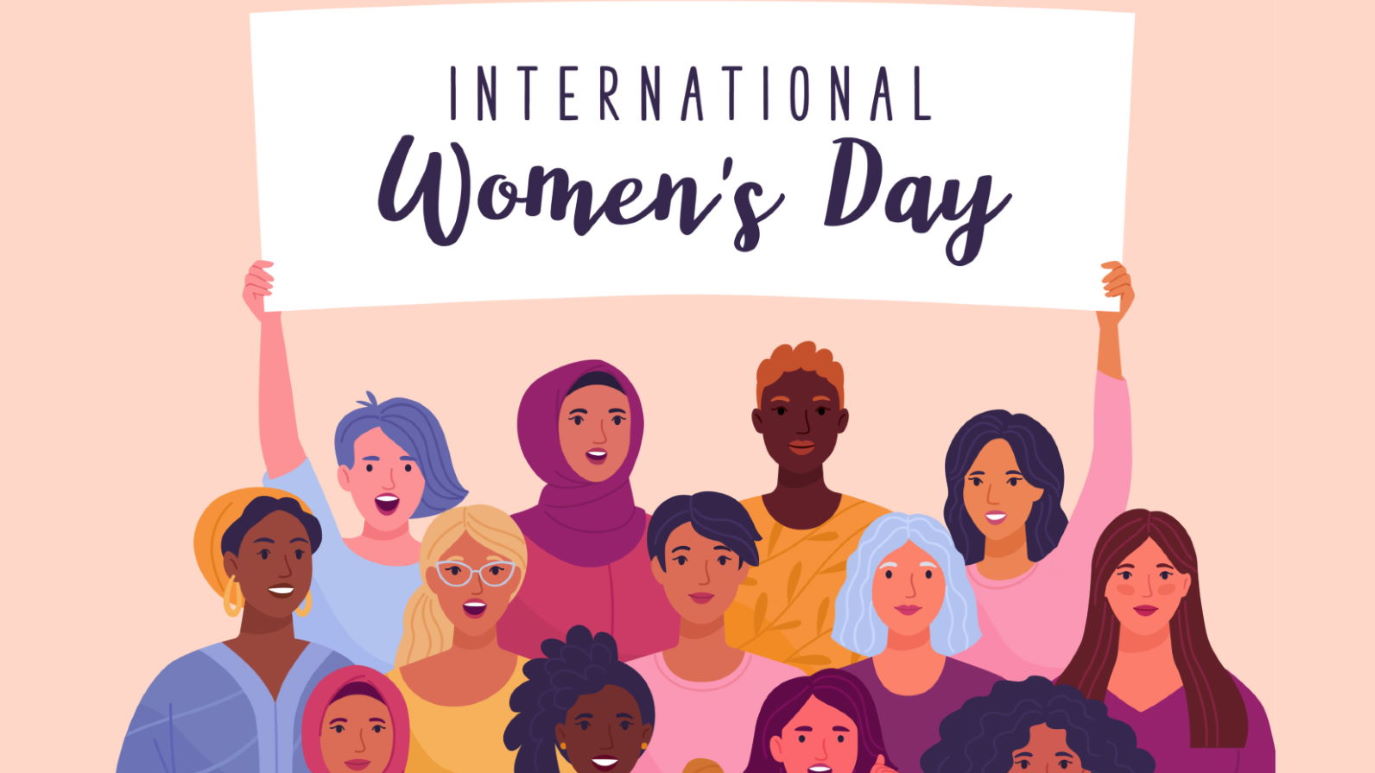Apologies for bursting your bubble, but hydrating serums, sheet masks, and face oils aren’t the reason celebrities have such good skin. Maybe it adds to their glow or helps reduce breakouts. However, the main reason for their smooth-as-butter complexions is consistent in-office facials, whether that’s one with their go-to aesthetician, a Hydrafacial, microneedling, microcurrent, or lasers. But how is a normal person supposed to know what type of facial to get for their skin type and desired results?
Before I became a beauty editor seven years ago, I was so confused just looking at a list of spa services. What exactly does a “signature facial” entail? What does “LED light therapy” do? Do I need the extractions add-on? It’s a lot. Which is precisely why I’ve created to this full guide to every type of facial. Before you book an appointment, here’s everything you need to know about facials—what each of them are, what results you can expect, and who they’re the best for. Plus, I’m breaking down all the potential add-ons you might have heard about too (like high-frequency for acne and dermaplaning).
1. Classic Facial
- What it is: Cleansing, plus serums, masks, and treatments tailored to your skin or the results you’re after
- Benefits: Glowy, hydrated, clearer, brighter skin
- Who it’s for: All skin types, and usually there are options for pregnancy
When you think of a facial, this is likely what you’re thinking of. These are typically relaxing and spa-like, but can offer a myriad of benefits (sometimes, they’re even bespoke and customized to your skin’s needs). Sometimes, they’re called “hydrating facials” or “glow facials.” Spas might have a few different options depending on your skin type as well.
The general gist, though? Your aesthetician will cleanse your skin (sometimes twice), then apply a handful of masks, serums, treatments, and moisturizers to deeply clean and hydrate skin. Sometimes, these facials will include extractions, during which your asthetician will expertly clear your pores (aka pop your pimples and remove blackheads the right way). But not all facials will include extractions. If that’s what you’re looking for, make sure to check what the treatment features or even call ahead ot ask if the aesthetician will do them. And keep in mind: Extractions can cause some irritation and inflammation, so they’re not recommended before big events. Talk to your provider beforehand to figure out what’s right for you. You can always opt out of extractions if you don’t want them!
These facials are usually great for making your skin look glowy or getting a deep clean, especially if you include extractions. And they’re fantastic for helping you build your own skincare routine based, since you can ask your practioner questions and get product recommendations. There are also lots of options for add-ons if you want to level things up a bit (more on this below).
2. Lymphatic Drainage Facial
- What it is: Light pressure massage
- Benefits: Less facial swelling for a more defined, sculpted look
- Who it’s for: All skin types, including during pregnancy (although, always ask your doctor before booking)
If you’ve ever looked puffy or bloated, then you might know about the lymphatic system, the series of channels that connect all of your lymph nodes. “The lymphatic channels do not have valves or muscle in the vessel walls, so fluid can go to areas of most gravity, resulting in swelling,” dermatologist Purvisha Patel, MD, previously told Cosmo. So, when you get a lymphatic drainage facial, your aesthetician uses light pressure to help get that lymph fluid moving manually.
During this style of facial, the focus is on light massage more than anything. So while your therapist or aesthetician might cleanse your skin beforehand or layer on a moisturizer or SPF at the end, the bulk of the treatment is about getting that lymph moving and draining. The strokes are quite light (your lymphatic system is just under the dermis, so you don’t need to press hard), and usually, they’re moving fluid in the direction of your lymph nodes.
After the treatment, you can expect to experience the sculpted results for up to 10 days. But it can also help increase blood flow that could, over time and with continued sessions, keep skin tight and firm.

3. Sculpting Facial
- What it is: A facial massage (sometimes with microcurrent)
- Benefits: A more defined and less puffy jawline, under-eyes, and cheekbones
- Who it’s for: Most skin types, although microcurrent isn’t recommended for pregnancy
Want a sharp as hell jawline? Try a sculpting facial, which commonly combines facial massage and/or microcurrent to help lift your skin temporarily. Microcurrent uses electrical currents to stimulate your facial muscles, which can make your skin look more lifted and tighter. There are at-home microcurrent devices, like the NuFace and Foreo Bear, but in-office microcurrent facials are typically stronger and have more noticeable and long-lasting results. Think: Up to a week of a more ~snatched~ jawline.

Beauty director Lauren Balsamo immediately after a Morpheus8 treatment.
4. Microneedling Facial
- What it is: Shallow needles that microscopically puncture skin to trigger collagen synthesis
- Benefits: Smoother, tighter, firmer, clearer skin
- Who it’s for: Most skin types, but might be too intense for dry or sensitive skin; not suitable for pregnancy
A microneedling facial isn’t so much a facial, rather a procedure. Micro-fine needles create teeny-tiny pricks in your skin, which signals a wound-healing response that promotes collagen and elastin production. Remember: Collagen and elastin are what’s responsible for making your skin look plump and firm. More of it = tighter, healthier skin.
Once these punctures are made, skincare can get much deeper and work a lot better, so it’s often paired with a finishing layer of hyaluronic acid and/or vitamin C. Microneedling also can be paired with radiofrequency (which uses heat energy to encourage collagen and elastin production) to boost results with treatments like Morpheus8, Secret RF, and Genius RF. Fun fact: RF microneedling is loved by celebrity dermatologists and plastic surgeons to help smooth and tighten skin with no downtime. Even Lindsay Lohan told Cosmo she’s a fan.
It can be a little bit painful, so it usually requires numbing. But it’s not the most uncomfortable treatment ever (that goes to some lasers, in my experience), and it all depends on your pain tolerance, which specific microneedling service you try, and the area being treated. Forehead and above the upper lip tend to be the most spicy, but it’s over in less than 20 minutes for the entire face.

The Green Peel is a favorite of beauty editor Beth Gillette since it comes in three strengths depending on your goals and skin type.
5. Chemical Peel
- What it is: A chemical-based solution that
- Benefits: Clearer, brighter, and smoother skin
- Who it’s for: Some are gentle enough for dry skin, but fantastic for oily and acne-prone skin types (although, many chemical peels cannot be done on active acne)
There are a gazillion different chemical peels from various brands, all of which offer a slightly different result or experience (some will lead to more “peeling” than others, for example). In general, these treatments apply an exfoliant (think: mandelic acid, tartaric acid, salicylic acid, and/or glycolic acid) to skin for a few minutes to help chemically buff away dead skin. This can smooth texture, reduce hyperpigmentation, and reveal brighter skin. It can also help reduce fine lines and wrinkles.
Your face might peel afterward, but not all of them will. Your downtime really varies depending on the treatment’s strength and your skin’s tolerance. This is why chemical peels are constantly recommended for beginnners because they can be tailored to your skin’s sensitivity and dryness levels. Just keep in mind it might take a few sessions to reach your desired results.

Hyman’s skin before and after her first-ever Hydrafacial (so, so glowy, right?).
6. Hydrafacial
- What it is: A treatment that cleanses, extracts, and hydrates skin using a wand
- Benefits: Glowy and hydrated skin
- Who it’s for: All skin types
Talk to any beauty editor, and they’ll likely encourage you to try a Hydrafacial. It’s a patented treatment that uses a wand to extract and clear pores, then infuse the skin deeply with serums. “Hydrafacials can be tailored to individual skin types and concerns by using different boosters serums or adding LED light therapy or lymphatic drainage to a treatment,” aesthetician Miranda Sturce previously told Cosmo. In less than 45 minutes, your aesthetician can make your skin look glowy as heck, plus make your pores look tighter and clearer.
7. Laser Facial
- What it is: Treatment that uses a laser all over your face
- Benefits: Tighter, firmer, smoother, brighter skin (depending on the type of laser used)
- Who it’s for: Can be used for all skin types, though very sensitive skin might find it too intense
A laser facial isn’t exactly a traditional “facial,” so don’t expect to come out with a glowy face and relaxed shoulders. Instead, these treatments are short and focused, typically only involving a cleanse followed by the laser procedure. Your results will entirely depend on the type of laser used: Clear + Brilliant for smoothing texture and reducing hyperpigmentation, PicoSure for dark spots, Halo to soften fine lines and wrinkles, AviClear for acne, and Fraxel for uneven skin texture. Skin Laundry is a Cosmo Holy Grail Award winner for their laser facials that are offered across the U.S.
Lasers are rarely one-and-done, so expect to book multiple treatments. However, these offer way more noticeable and long-lasting effects than standard facial treatments.
Potential Add-Ons:
- LED: LED, or light emiting diode, is often available as an add-on for a lot of facial treatments. But you might already know about it from seeing everyone on your FYP wearing LED masks for anti-aging and acne. LED uses varying wavelengths of light that trigger a response in your skin, depending on the type of light that’s used. For example, red light can potentially help increase collagen production to smooth and plump fine lines and wrinkles. Blue light, however, is thought to help kill acne-causing bacteria, making it ideal for breakout-prone skin. Usually, your technician will layer a LED mask or panel over your face after cleansing and extractions.
- High-Frequency: “High frequency wands produce a small electrical current, which creates oxygen on the skin, reducing acne-causing bacteria,” aesthetician Jordan Samuel Pacitti previously told Cosmo. It doesn’t hurt, per se, but it feels like zapps against your skin for a few seconds as the wand is waved over your face. It can be used to spot-treat specific zits or all-over to kill all bacteria and reduce acne.
- Dermaplaning: The smoothest, softest skin of your life is just behind a dermaplaning treatment, during which your aesthetician gently exfoliates with a scalpel. It helps remove hair and dead skin, which can increase product absorption and make skin feel silky for better makeup application.
Meet the experts:
- Purvisha Patel, MD, is a board-certified dermatologist, MOHS and cosmetic surgeon, and the owner of Advanced Dermatology and Skin Cancer Associates. Dr. Patel is also the founder of Visha Skincare.
- Miranda Sturce is a licensed aesthetician in New York, NY with more than 15 years of experience. Sturce’s custom skin treatments are loved by celebs and editors.
- Jordan Samuel Pacitti is a licensed aesthetician and the founder and CEO of Jordan Samuel Skin. He regularly works with cosmetic chemists to innovate and develop new product ideas based on the latest ingredient science.
Why trust Cosmopolitan?
Beth Gillette is the beauty editor at Cosmopolitan with seven years of experience researching, writing, and editing skincare stories that range from how to get rid of cellulite to stretch-mark creams.
Beth Gillette is the beauty editor at Cosmopolitan, where she covers skincare, makeup, hair, nails, and more across digital and print. She can generally be found in bright eyeshadow furiously typing her latest feature or hemming and hawing about a new product you “have to try.” Prior to Cosmopolitan, she wrote and edited beauty content as an Editor at The Everygirl for four years. Follow her on Instagram for makeup selfies and a new hair ‘do every few months.







